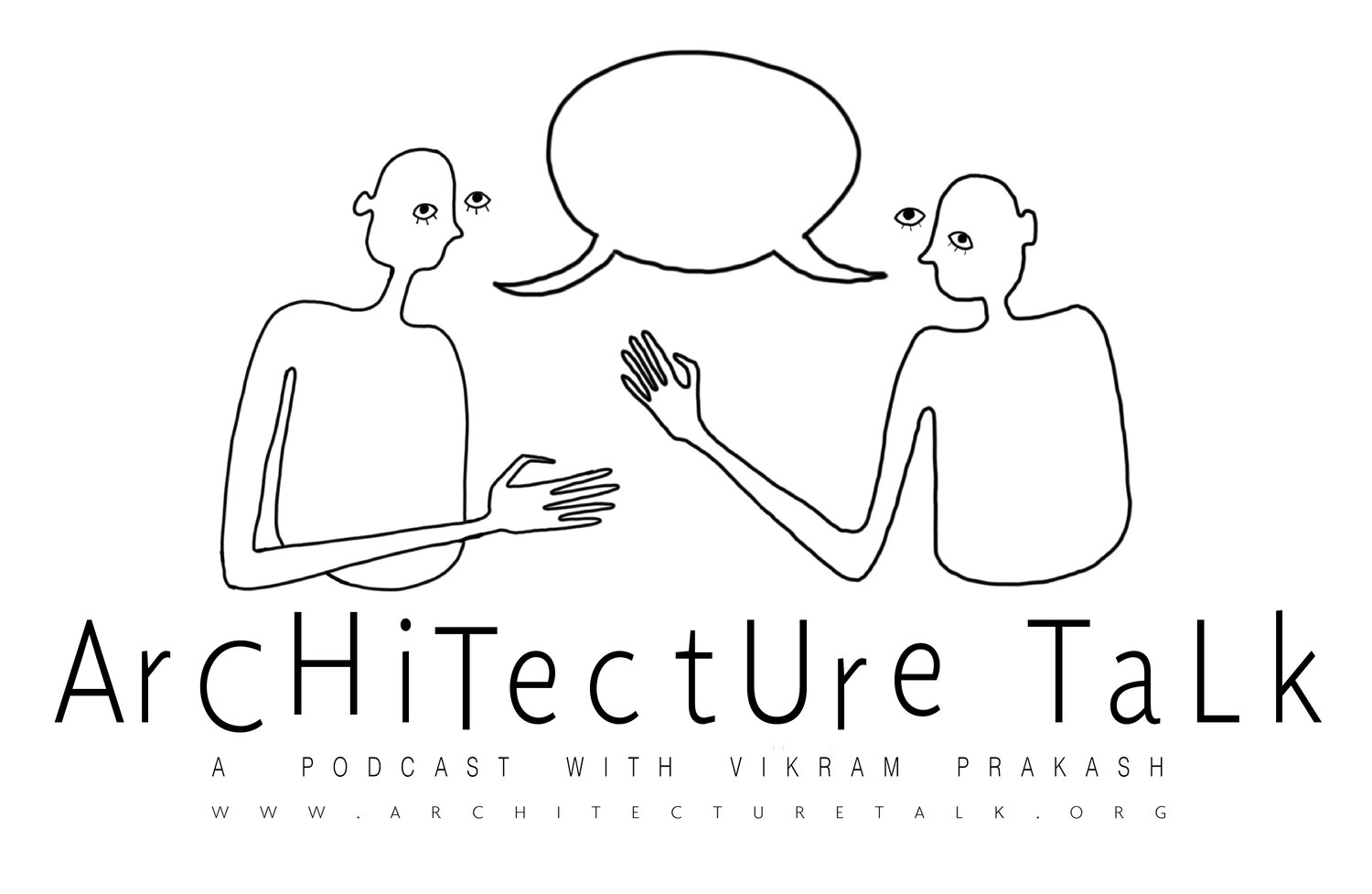111. Jean Louis Cohen and the Transurbanism of the Modern City
Original Drawing by Tori Haynes
“Architecture and culture operate in a porous manner through the construction of ideas…Trotsky reading Henry George, who had an impact on Frank Lloyd Wright in the U.S. which then bounced back into Russia in the 1930s… so I’m interested in the worldwide circulation of ideas, and their patterns and themes of discourse. ”
Jean Louis Cohen
Discussing his work on the transurban, Jean Louis Cohen takes us on a tour of the history of ideas that have shaped, formed, and deformed the various cities that stitch together the seams of the world. This conversation continues the ongoing conversation centering the impact of Modernism on architecture and contemporary culture in the world today.
Timestamp Outline
03:25 By way of introduction “You yourself are multi-placed and your work is interested in multi-placement. Why is that?” VP
5:04 Jean-Louis Cohen describes his “obsession” with transnationalism or, oftentimes, bi-nationalism…biographical connection as well as scholarly interest in the bilateral seams of the world
6:30 “What’s the problem with the national/international discourse from your point of view?” VP
6:47 “Architecture and culture operate in a porous manner through the construction of ideas…Trotsky reading Henry George, who had an impact on Frank Lloyd Wright in the U.S. which then bounced back into Russia in the 1930s… so I’m interested in the worldwide circulation of ideas, and their patterns and themes of discourse. ” JLC
9:06 On the trans-urban: “Very often things are crystallized in cities and relationships between cities London wanting to become Paris, Paris wanting to become Rome, Rome wanting to become Berlin…I’ve tried to map evocative cities, and to map how this transfer from city to city operates...They operate through representations, but also through factual and empirical techniques...the transfer of particular forms of urban design the deformation of particular forms of urban fabric and the recombination of these different fragments into a different mould…” JLC
12:13 “One attitude is: looking at other cities as expressions of the future.” JLC
15:00 Vikram asks how Chandigarh figures in the trajectory of the trans-urban and intra-referencing
15:45 reference to drawing of plan for Chandigarh compared to Delhi and the main axis of Paris, l’Axe Historique
16:26 Garden City, Albert Meyer's plan for Chandigarh
17:41 the layers of the city are like the layers of a puff pastry
19:00 discussion of Haussmann’s renovation of Paris
20:30 The expansion plan for Berlin, 1862
21:05 “I don’t think there are cities that are pure invention…” JLC
21:15 Discussion of Italo Calvino’s Invisible Cities - Every city is Venice
23:33 Jean-Louis Cohen paraphrases Karl Marx’s 1848 Communist Manifesto - “All the sacred values of the past have been trampled upon by Capitalism.”
23:45 discussion of the capitalist modernization of the city
26:57 Jean Piaget and the theory of assimilation
28:00 Discussion of the term Mid-Century Modernism
32:25 discussion of Jürgen Habermas and modernity as a project of colonization that we see playing out as cultural and social regression in Afghanistan and other places today
34:40 What is a generation?
36:30 A challenge to the term “architectural history”
38:45 discussion of a international trend towards neo-nationalism
42:46 Vikram asks Jean-Louis about the internationalized city versus the generic city.
43:24 “I would say the norms of spatial transformation have been defined by market-driven capitalism almost everywhere. This is the way previously so-called socialist countries have transformed, the way colonized countries have been transformed…we are facing the irresistible thrust of capitalist market in which some islands of specificity can be kept when identity and historicity become profitable it is maintained…” JLC
46:30 “It is clear that we are facing crisis which has no precedent.” JLC






